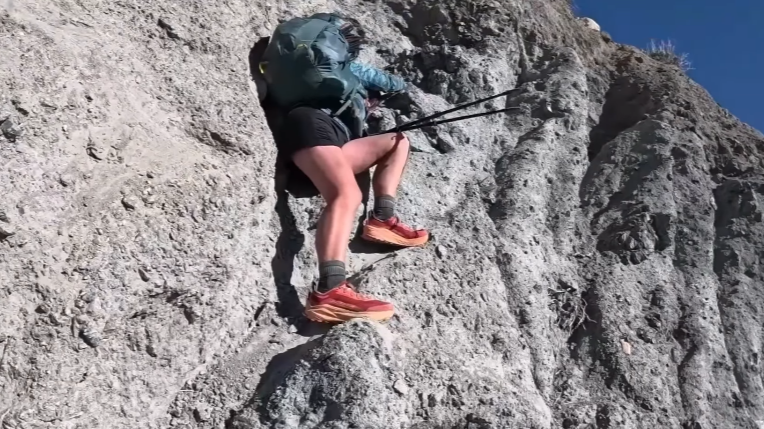Learn the four Ds of navigation before your next wild escape
Navigation for hiking and backpacking doesn't need to be rocket science with the four Ds to guide you
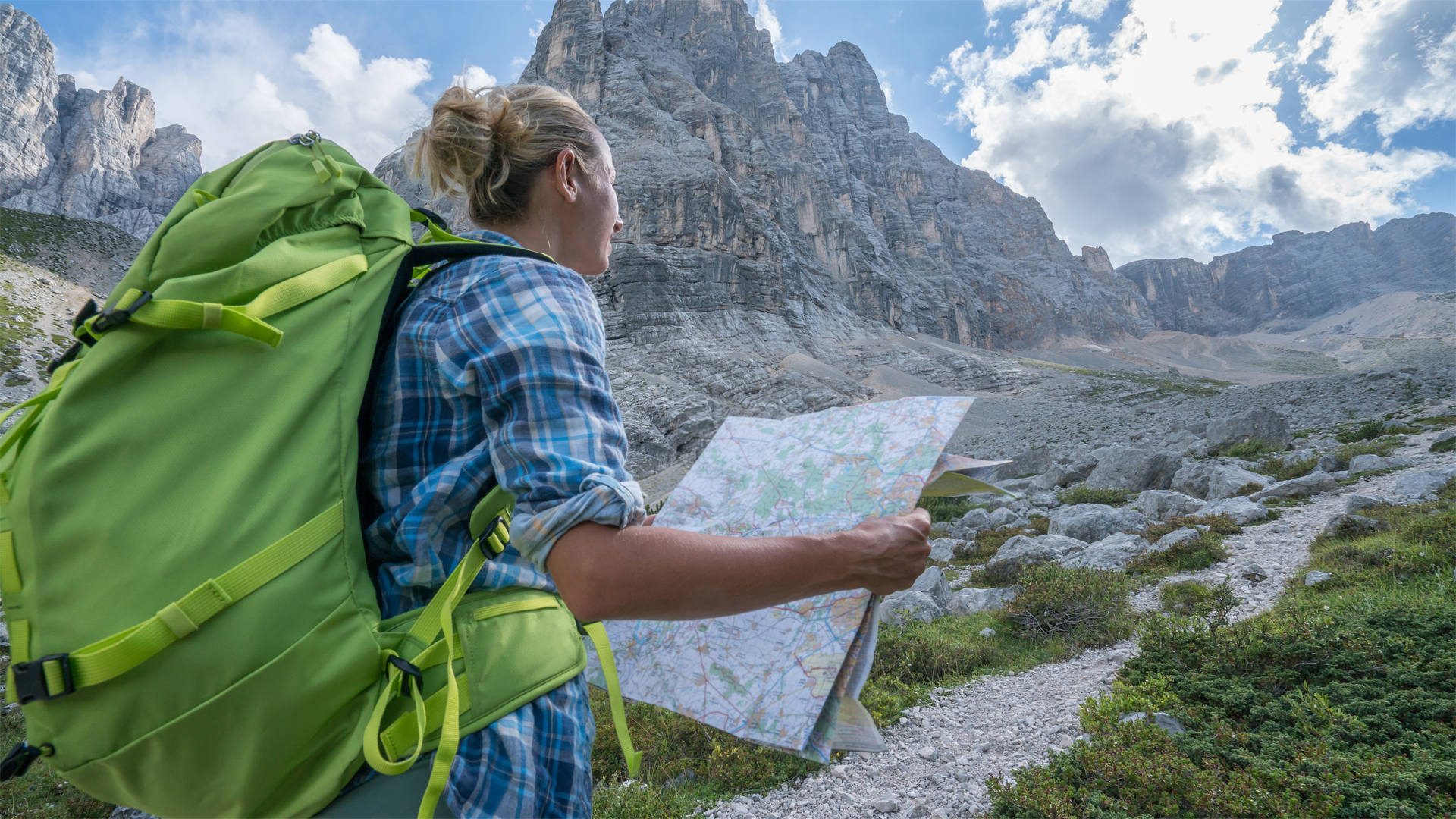
The more you explore, the more you realize that there’s a lot that goes into navigation for hiking. You need to know how to read a map, how to use a compass and have pockets or a backpack big enough to carry both. It can definitely seem formidable at first, but an easy place to start is with the four Ds of navigation. If you don’t know them, the four Ds of navigation are simple to remember and provide you with a really handy tool to help you stay oriented in the wild.
What are the 4 Ds of navigation?
Sometimes, a hike involves following an extremely clear and well-maintained path. You never need to pull your compass out of your pocket. Other times, either because of the lack of trail or weather conditions such as snow or fog obscuring the path or your surroundings, you need to use a little more brain power to figure out where you are and where you’re heading. The four Ds come into play twice on such an adventure – first, when you’re planning a hike, so you have an idea of what to expect, then again once you’re on the trail, to help you make sure you’re still on track.
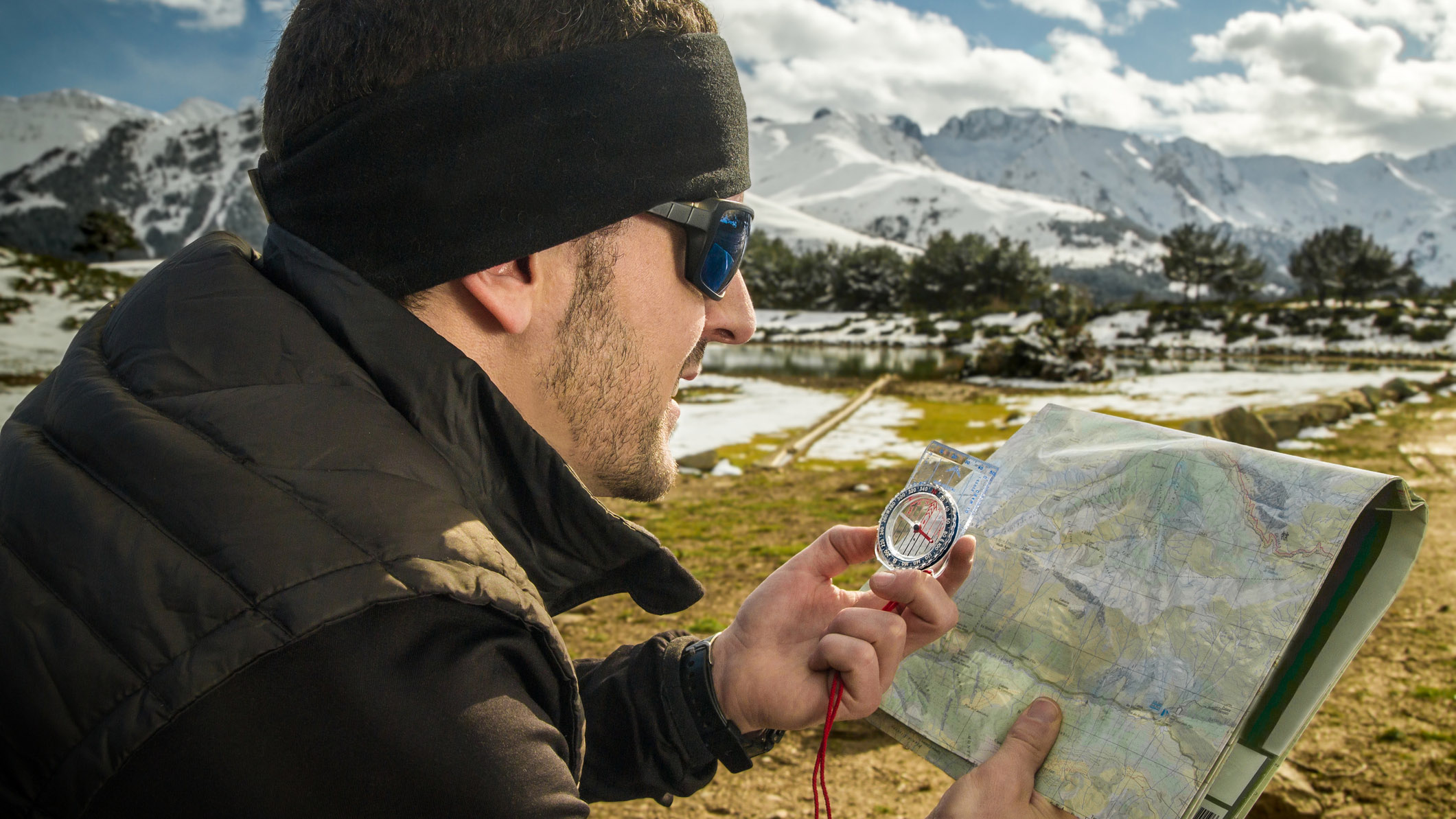
1. Direction
Obviously, you need to know what direction you should be heading in, and what direction you are actually going. If these two line up, you’re doing great. If they don’t, it’s time to correct course.
When planning your hike, check the map and route description and get clear on what general direction you want to be moving in. Of course, for a long or winding route, this can change, but for each leg, you want to know if you should be moving north, east, south or west. That way if you lose the trail, you can pull out your compass, use it to establish which way is north, then ascertain what direction you’re walking in.
There are other markers too that can help you to ensure you're going in the right direction, such as the rising and setting sun, the stars or other landmarks including mountains and rivers.
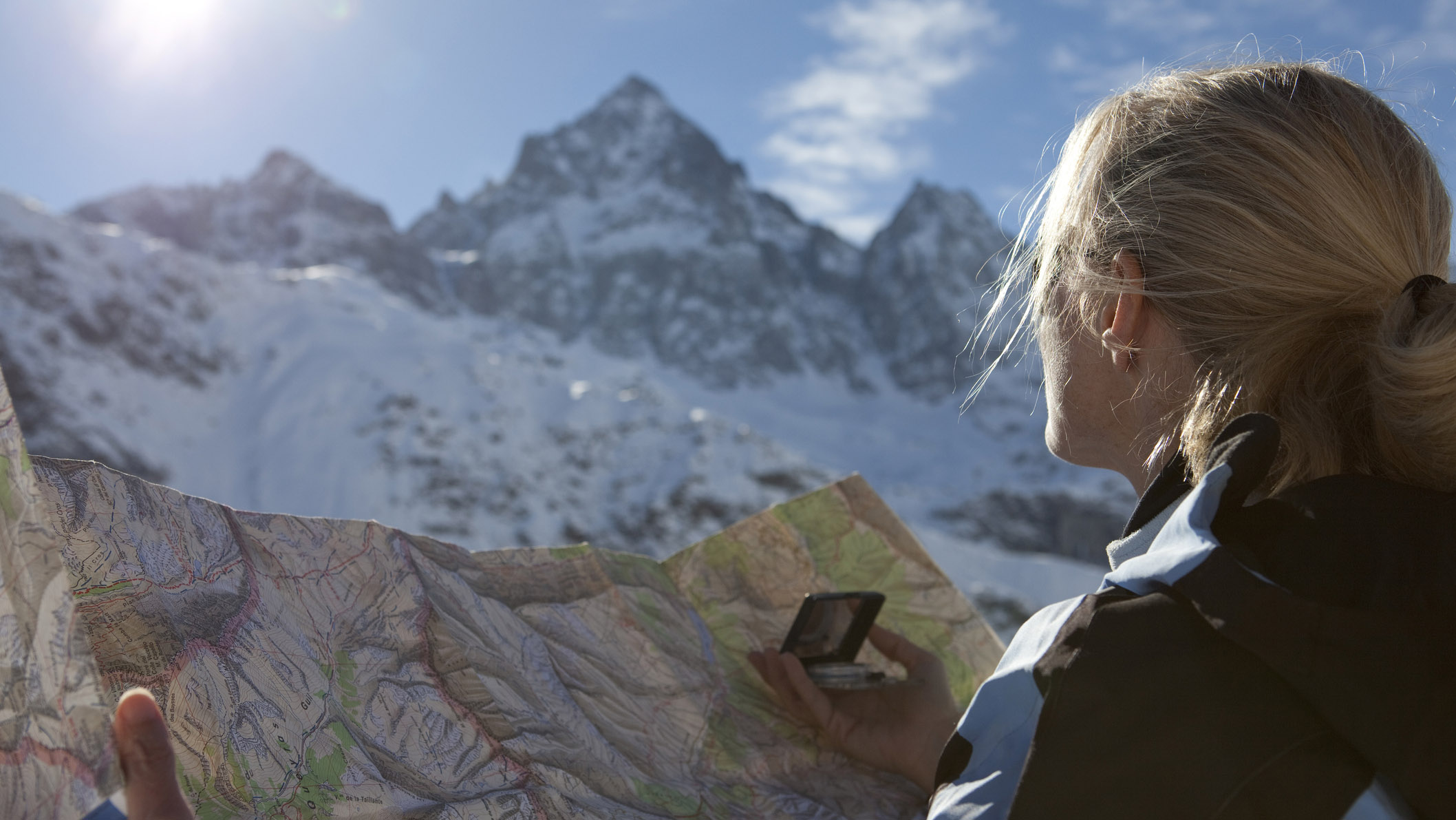
2. Distance
Next up, you want to know fairly accurately what kind of distance is involved in your adventure. With a proper topo map, you’ll be able to figure this out to within about 100 meters. This helps you leave plenty of time to reach your destination before it gets dark, don the right hiking boots and carry the appropriate supplies.
If you’re using a fitness tracker, it helps you know how far along you are on your hike too. If you’re expecting your hike to be eight miles and your watch says you’ve gone nine miles, you'll know to stop, reassess and figure out if you miscalculated from outset or if you’ve accidentally taken a scenic route.
Advnture Newsletter
All the latest inspiration, tips and guides to help you plan your next Advnture!
Knowing your expected distance also helps you stay oriented. When you’re setting off on that eight-mile hike, look at the map for waymarks that are about a third of the way, halfway and close to your destination. Clocking these as you go confirms your location and gives you an idea of how much longer there is to go.
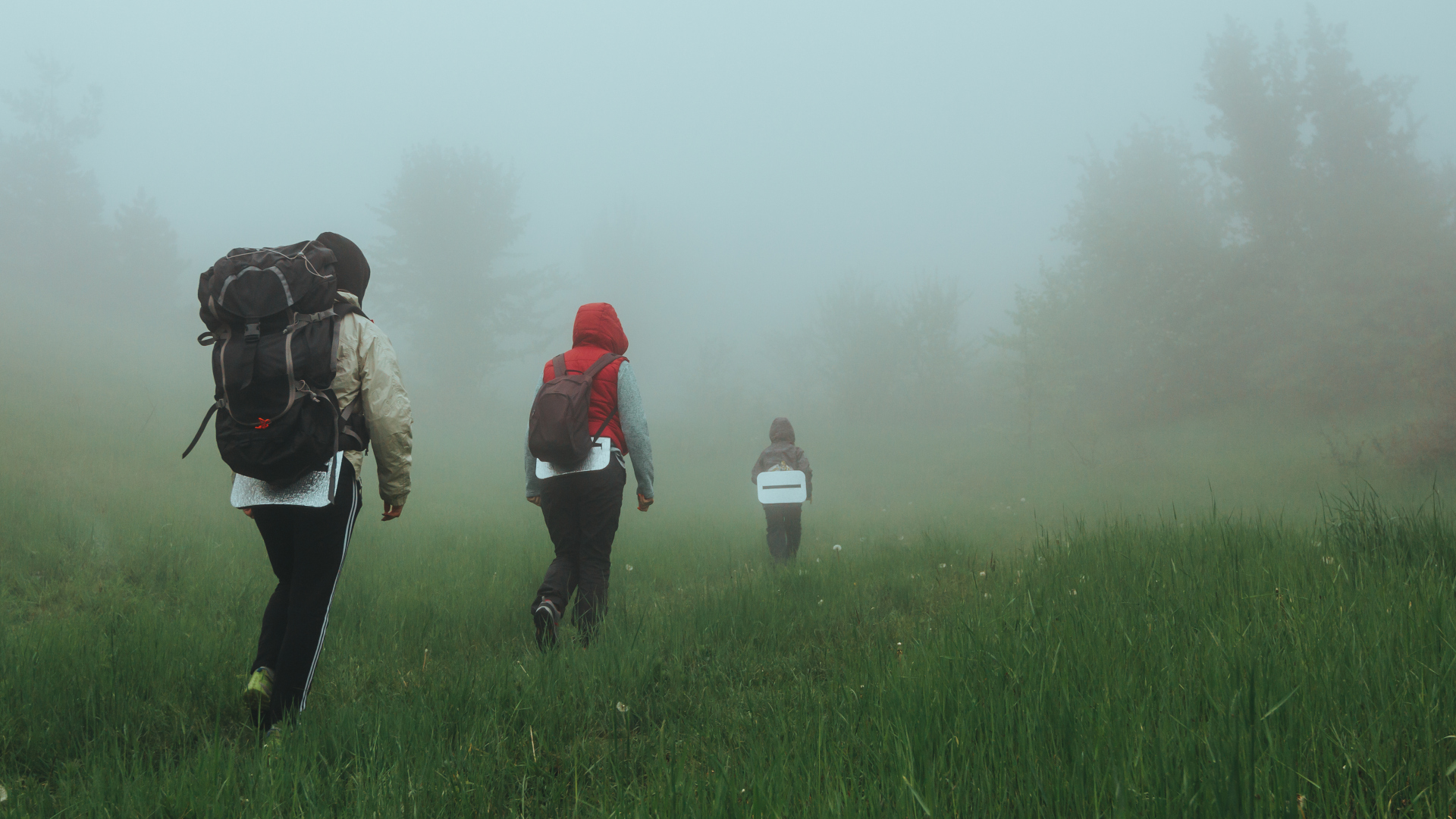
3. Duration
Duration of course, isn’t a set marker, so while it’s related to distance, it’s also distinct from it. Over time, you’ll learn how fast you tend to walk per mile, then knowing that you’re anticipating a six-mile walk will give you a good range of time you should expect to complete it in. If you find yourself walking for much longer than that, it’s a good idea to stop and get your bearings. Remember that your pace will be slower on steep climbs and faster on the flat.
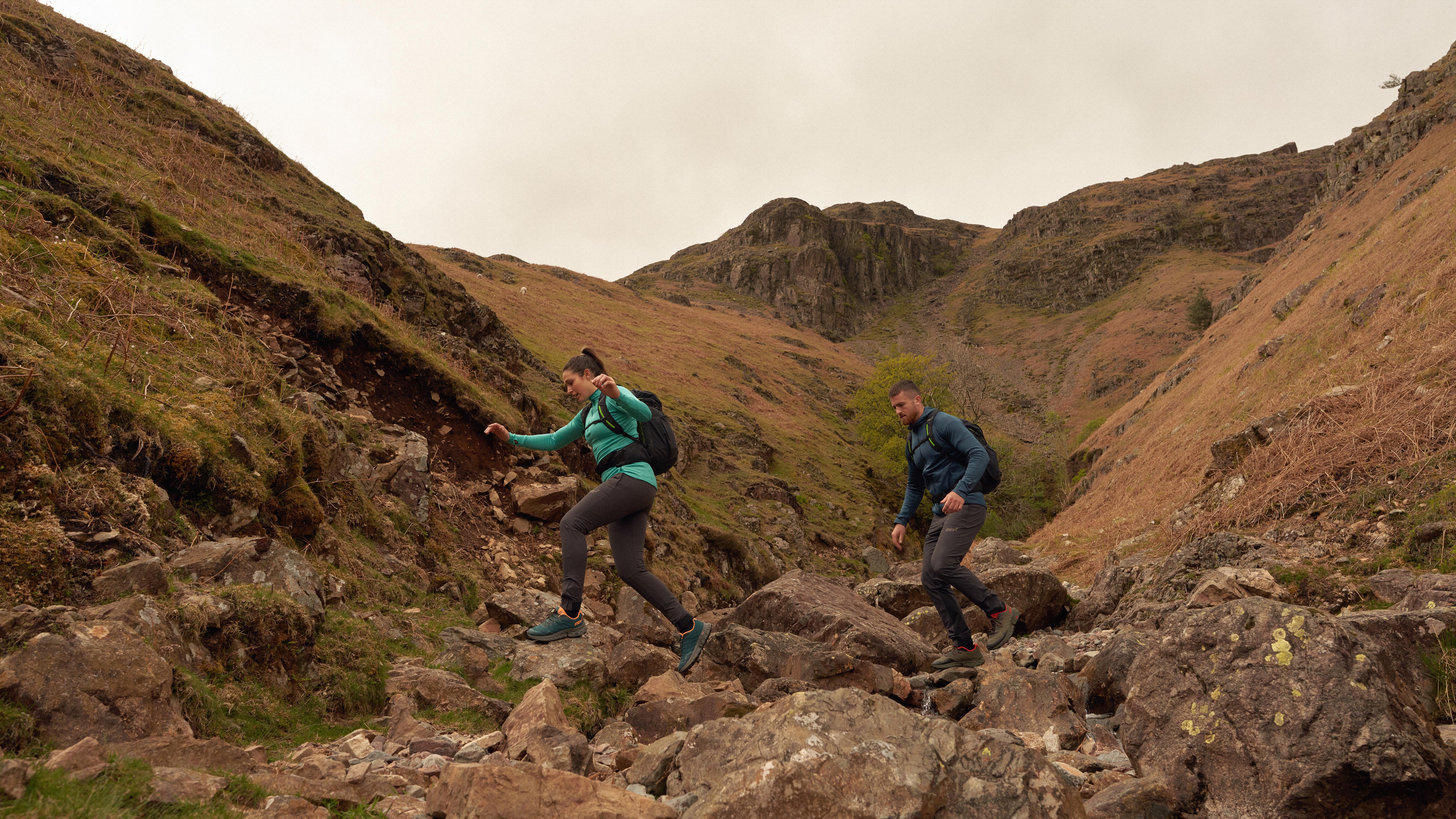
4. Description
Though it can seem romantic to just set off into the wild without a notion of what you might encounter, it’s not particularly smart. Luckily, there are lots of great navigation apps and guidebooks out there that detail your hike for you. Whether you’re reading a user description or looking at a map, make some notes (mental or on paper) as to what you’re likely to see on the way. Should the river be on your right or left as you head uphill? Are you passing any waterfalls or major mountains that can help you stay on track? Are you expecting a steep incline or descent? Sometimes, innocently, trail descriptions written by other users are just wrong, but if you know that a certain mountain is meant to stay to the northeast of you, or that you should be expecting a saddle between two peaks, you’ll never stray far.
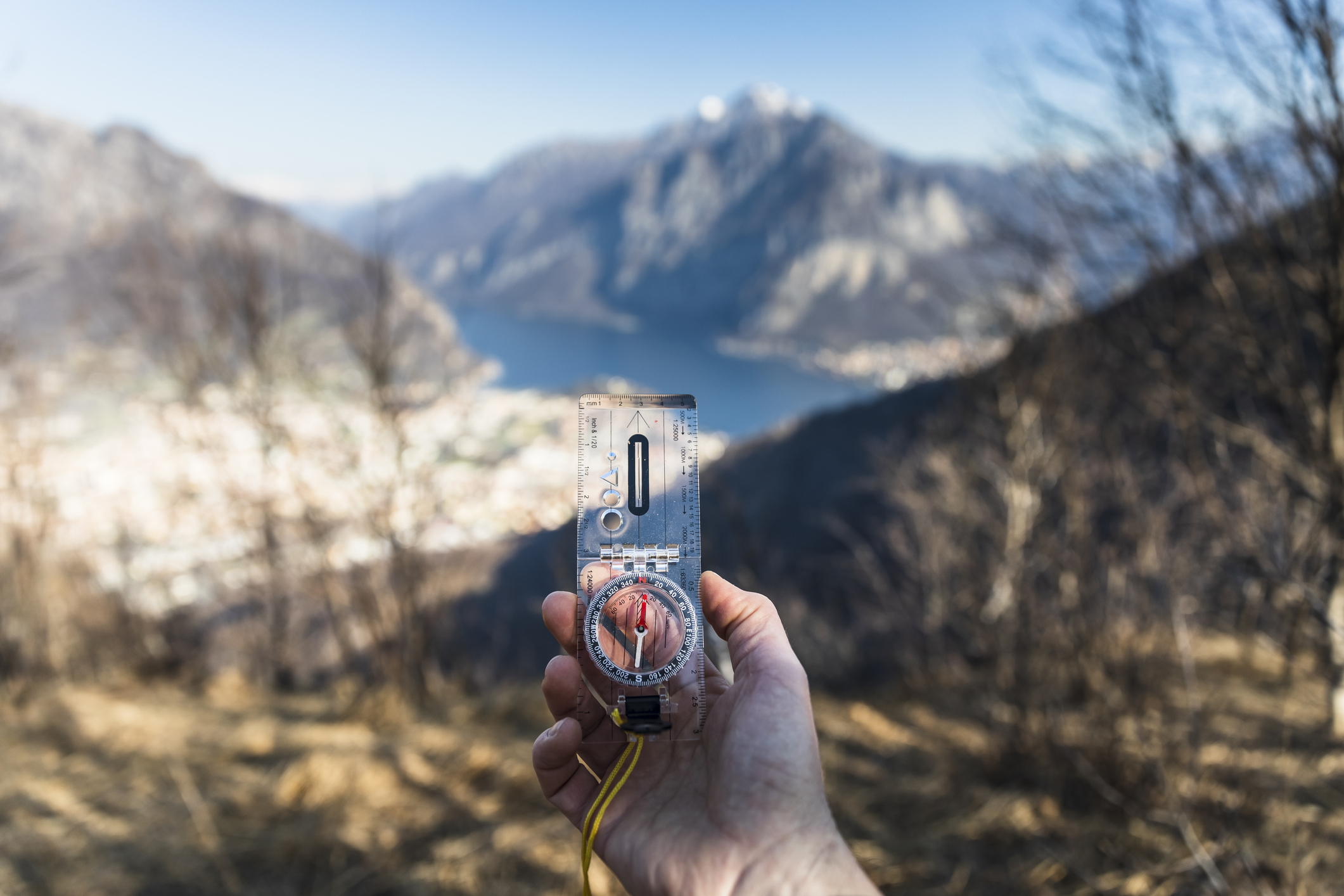
And there you have it. Before you set off on your next adventure, establish your intended direction and distance, calculate your expected duration and familiarize yourself with the hike description. Then as you walk, you’ll be able to use your surroundings to confirm your location and if you do get off course, it won’t be long before you find your way back.
Julia Clarke is a staff writer for Advnture.com and the author of the book Restorative Yoga for Beginners. She loves to explore mountains on foot, bike, skis and belay and then recover on the the yoga mat. Julia graduated with a degree in journalism in 2004 and spent eight years working as a radio presenter in Kansas City, Vermont, Boston and New York City before discovering the joys of the Rocky Mountains. She then detoured west to Colorado and enjoyed 11 years teaching yoga in Vail before returning to her hometown of Glasgow, Scotland in 2020 to focus on family and writing.

